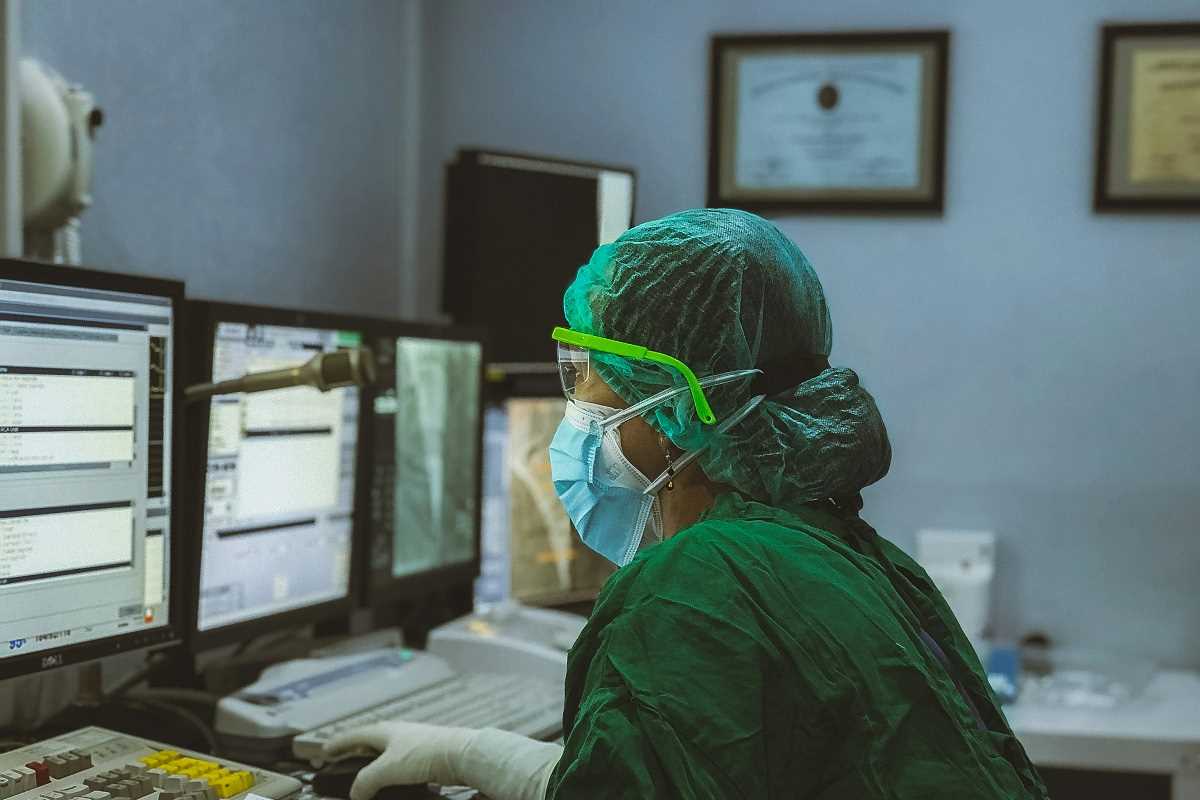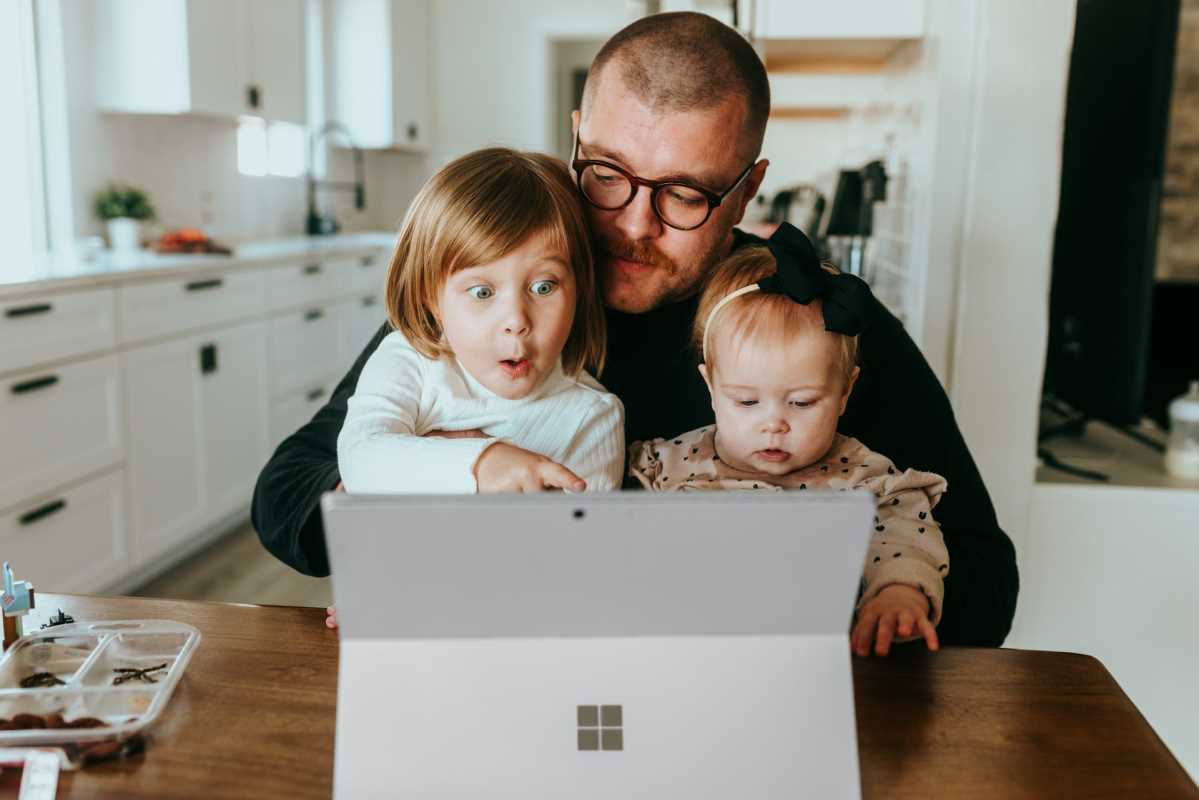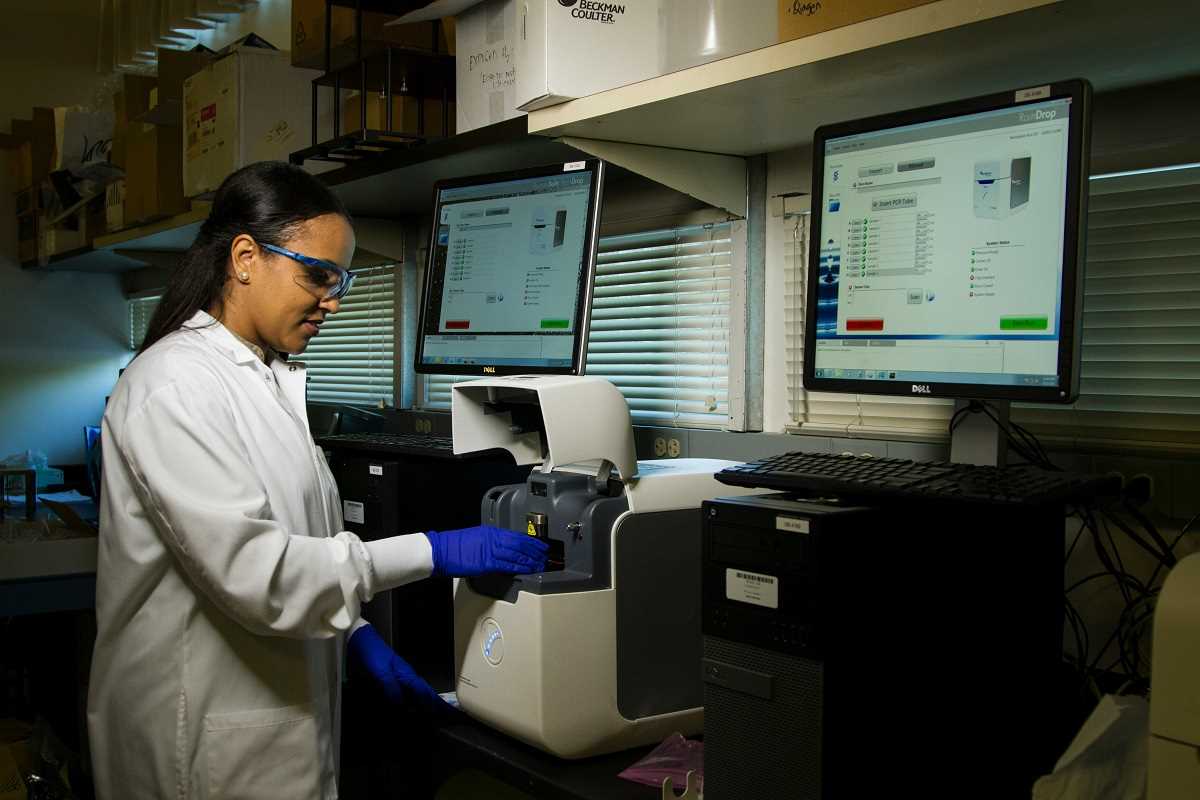Remote Patient Monitoring (RPM) systems are transforming healthcare delivery by enabling providers to track patients' health in real-time without requiring frequent in-person visits. These systems use technology to monitor vital signs, chronic conditions, and overall health data so providers can deliver timely, efficient, and personalized care. By reducing hospital readmissions, offering better patient compliance, and enhancing preventive care, RPM systems have become a game-changer in the medical industry.
This article explores the different types of RPM technologies available today, including wearable devices, mobile apps, and telehealth platforms. We’ll also look at their features, benefits, and how they address various health conditions such as heart disease, diabetes, and respiratory illnesses.
Types of Remote Patient Monitoring Systems
RPM systems come in various forms, each catering to specific health needs. The three most prominent categories include wearable devices, mobile health apps, and telehealth platforms.
1. Wearable Devices
One of the most widely recognized types of RPM technologies, wearable health devices, continuously monitor and record vital signs like heart rate, oxygen levels, and activity levels. These devices are designed to provide real-time data that can be shared with healthcare providers for immediate action when needed.
Key Features
- Continuous monitoring of key health metrics such as blood pressure, glucose levels, and sleep patterns.
- Integration with health apps for live reporting and analytics.
- User-friendly designs allow patients to wear these devices comfortably during daily activities.
Benefits
Wearables offer convenience and are particularly helpful for patients managing chronic illnesses. For instance, individuals with cardiac conditions can use wearables to detect irregular heart rhythms, issuing alerts for potential emergencies.
Popular Devices
- Fitbit Sense and Apple Watch Series 8 are popular choices for monitoring general wellness and heart health. They feature sensors for tracking heart rate, electrocardiogram (ECG) readings, and blood oxygen levels.
- BioSticker by BioIntelliSense is a medical-grade wearable device that measures skin temperature, resting heart rate, and respiratory rate. It is particularly useful for patients recovering from surgery.
Wearables are also used in advanced monitoring solutions, such as continuous glucose monitors (CGMs) for people with diabetes. Examples include the Dexcom G7 and Freestyle Libre Systems, which offer painless, real-time glucose monitoring without traditional finger pricks.
2. Mobile Health Apps
Mobile health apps are another vital component of RPM systems. Often paired with wearables or medical devices, these apps act as data hubs where patients and healthcare professionals can view detailed reports and analysis of health metrics.
Key Features
- User dashboards that organize health data for easy tracking.
- Direct communication tools like messaging or video calls with providers.
- Educational resources to encourage healthy lifestyle changes.
Benefits
These apps empower patients by helping them actively participate in their care plans. They also simplify reporting for providers, as all data is consolidated into organized electronic health records.
Popular Apps
- Livongo focuses on diabetes and hypertension management, providing patients with digital tools and personalized coaching.
- Medtronic’s Guardian Connect App integrates with CGMs to track glucose levels and alert patients about spikes or drops.
- MyChart by Epic Systems allows secure access to medical history, test results, and doctor reviews, effectively integrating with RPM solutions.
Recent advancements in mobile apps also include AI-powered predictive analytics. For instance, apps like Huma Health leverage machine learning to predict disease progression based on patient data.
3. Telehealth Platforms
Complementing wearable devices and health apps, telehealth platforms play a key role in enabling virtual consultations and continuous communication between caregivers and patients. These platforms have become essential tools for remote healthcare delivery, especially in the wake of the COVID-19 pandemic.
Key Features
- Video conferencing capabilities for virtual appointments.
- Real-time integration with RPM devices, enabling providers to receive ongoing health updates.
- Tools for documenting patient interactions and prescribing treatments.
Benefits
Telehealth platforms increase access to healthcare, particularly for those in rural areas or with limited mobility. They help manage chronic illnesses by giving patients consistent access to medical experts without requiring in-person visits.
Popular Platforms
- Teladoc Health offers a combination of telemedicine and RPM tools to track chronic conditions along with providing mental health consultations.
- Amwell supports virtual consultations and integrates RPM devices to create comprehensive care plans.
- CareSimple specializes in chronic disease management, incorporating tools for tracking vitals alongside telehealth services.
Telehealth platforms are moving toward deep integration with artificial intelligence, enabling automatic triaging of symptoms and recommending treatment pathways based on RPM metrics.
Applications of Remote Patient Monitoring Systems
RPM systems are designed to address specific health conditions, giving medical providers a vast array of tools to personalize care. Below are some of the conditions that RPM technologies target effectively:
1. Heart Disease
Heart disease remains one of the leading causes of death worldwide, making it critical for patients to manage signs like abnormal heart rates and hypertension. RPM devices such as ECG monitors and smart blood pressure cuffs are providing a convenient way for patients to stay proactive about their heart health.
Examples
- KardiaMobile by AliveCor: A pocket-sized ECG monitor that records accurate heart rhythm data and alerts users to arrhythmias like atrial fibrillation.
- Omron HeartGuide: A wearable blood pressure monitor styled as a wristwatch, simplifying continuous pressure readings.
2. Diabetes
Managing diabetes effectively requires frequent monitoring of glucose levels. Advances in CGMs have not only eliminated finger-prick tests but have also provided real-time, actionable insights for patients.
Examples
- Dexcom G7 integrates with smartphones to alert users of glucose spikes through vibration and sound notifications.
- Freestyle Libre Systems combine wearable CGMs with mobile apps for automatic glucose data sharing.
AI-driven algorithms accompanying these devices are also helping predict glucose trends, enabling both patients and providers to take preventive action.
3. Respiratory Conditions
Respiratory conditions like asthma and chronic obstructive pulmonary disease (COPD) require precise monitoring of oxygen levels and lung function. RPM devices like portable spirometers or pulse oximeters are playing a pivotal role here.
Examples
- Masimo MightySat: Portable pulse oximeter for measuring oxygen saturation in real-time.
- Propeller Health Smart Sensor: Tracks daily inhaler usage for asthma patients and analyzes patterns to optimize treatment plans.
Integration with RPM apps provides patients with reminders for medication and updates on environmental triggers.
Recent Advancements in RPM Technology
The RPM space is rapidly evolving, with new breakthroughs aiming to enhance efficiency and accuracy. Some recent advancements include:
- AI-Powered Predictive Analytics - AI algorithms are being integrated deeply into RPM platforms for early detection of health issues. For example, Current Health uses AI to predict changes in patient vitals, allowing healthcare providers to intervene before conditions worsen.
- Compact and Battery-Efficient Devices - Wearable devices like BioIntelliSense’s BioButton now offer over 30 days of non-stop monitoring on a single charge. These compact systems improve user compliance and reduce maintenance hassles.
- Remote Monitoring of Post-Surgery Patients - Systems such as Health Recovery Solutions (HRS) specialize in post-operative monitoring by tracking key symptoms like pain levels and mobility.
- Advanced Interoperability - RPM technologies now connect more seamlessly with medical records, thanks to improved APIs and data-sharing standards. This ensures providers have a full picture of their patients’ health.
Remote Patient Monitoring systems are transforming the way healthcare is delivered by enabling constant monitoring, early diagnosis, and personalized care. Whether it’s wearable devices tracking vitals, mobile apps empowering patient engagement, or telehealth platforms connecting doctors and patients seamlessly, RPM technologies continue to push the boundaries of what’s possible in healthcare.
 (Image via
(Image via





